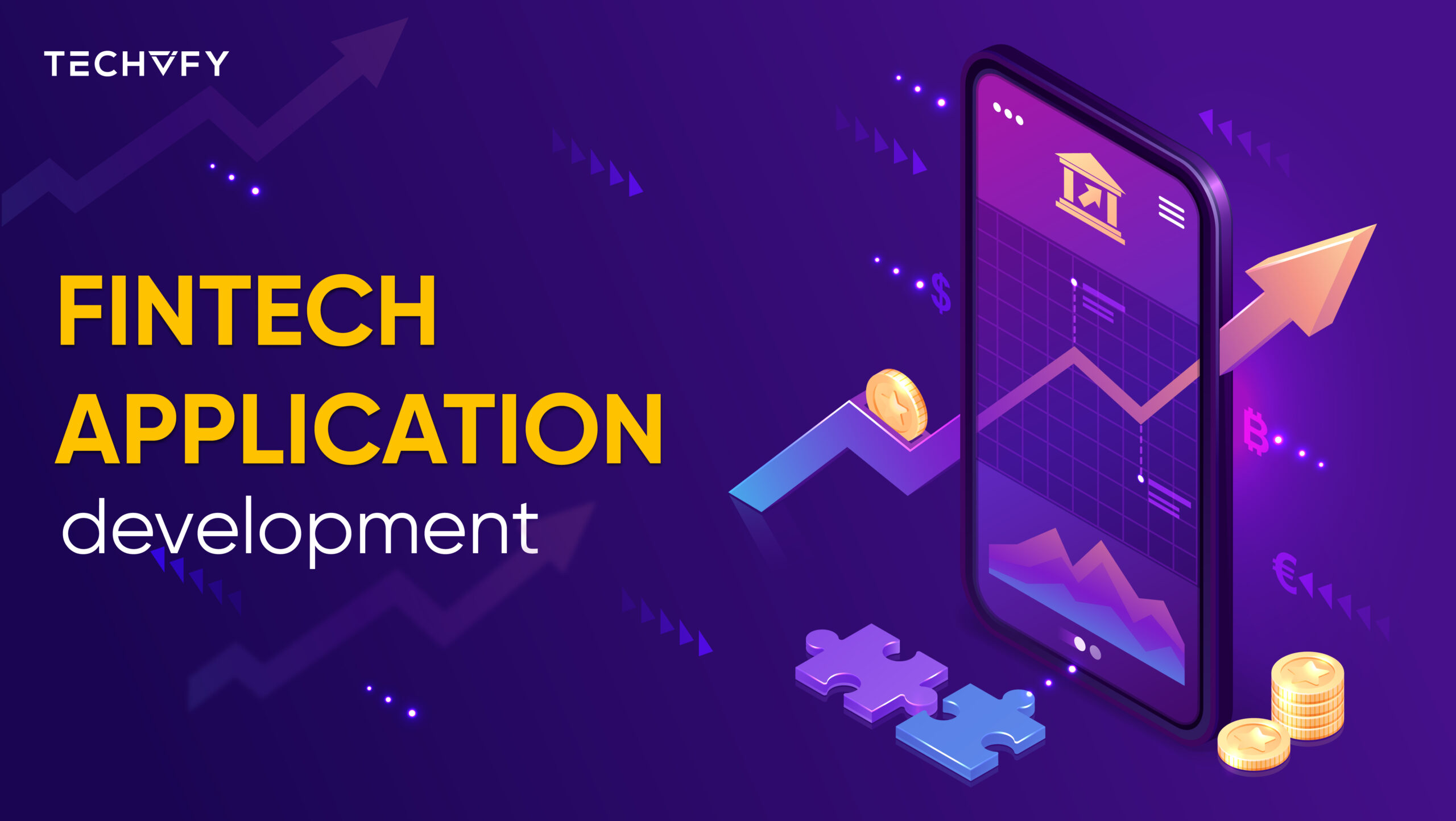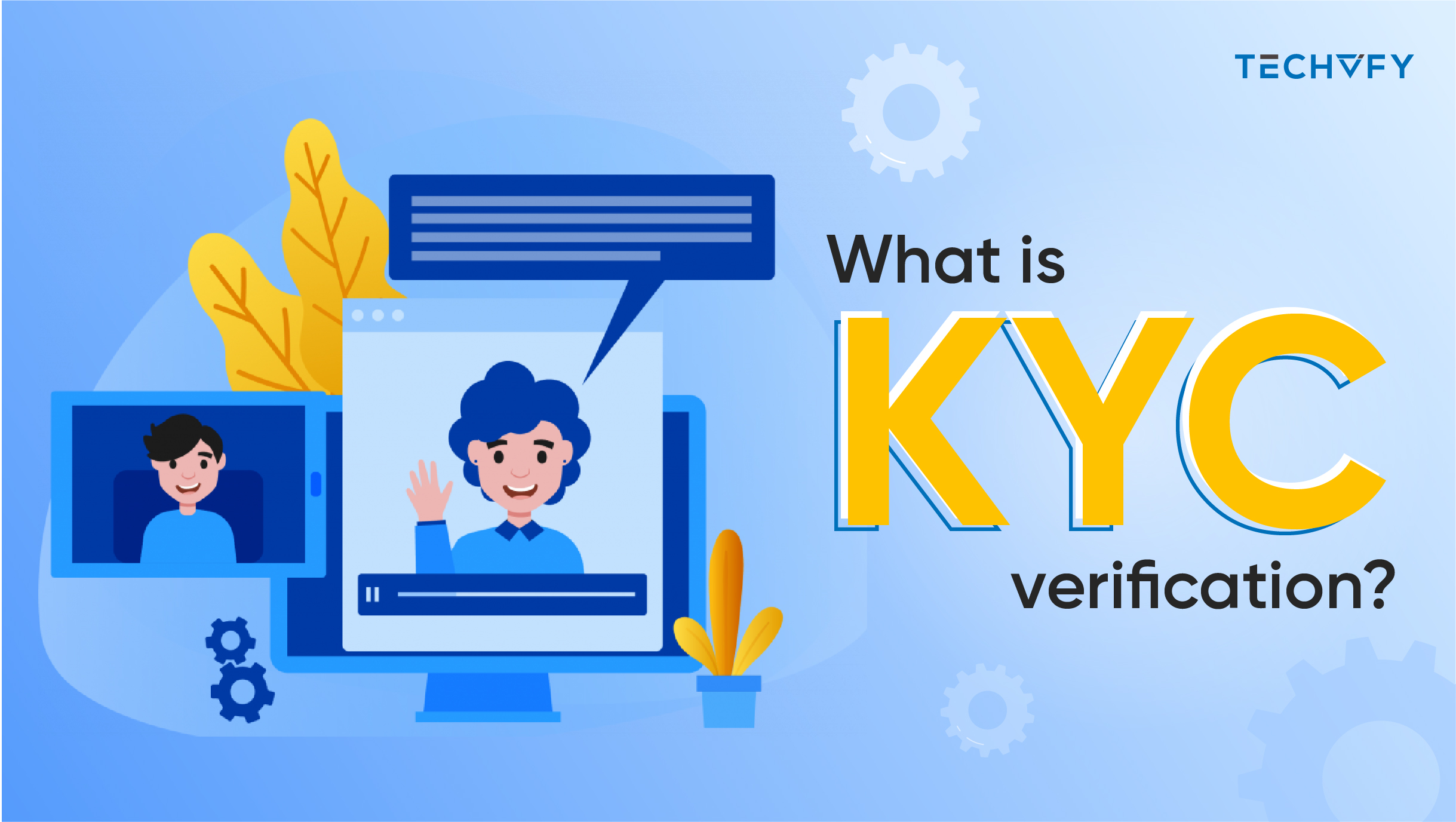8 Basic Types of Software Development Models
When starting any new app or software development project, it’s important to consider the various steps necessary for its final rollout. There are 8 common software development models.
Waterfall Model
The waterfall process is a method of software development that moves in an orderly cascade, with each stage having concrete deliverables and being strictly documented.
Advantages
Simple and understandable, the Waterfall Model is a manageable method ideal for lifecycle management of smaller projects where the requirements are established and finalized upfront.
Disadvantages
Because of its rigid structure, the Waterfall Model does not work well for complex projects where there is a chance of a change in requirements and/or significant impromptu testing throughout the software development stage.
V-Model
The V-model (Validation and Verification Model) is a project management model that can produce high-quality work, but it becomes very costly and time-consuming in the process.
Advantages
The V-Model is a simple process that’s great for smaller projects. Using the V-Model can yield a higher chance of success due to the test plans of the development stage and regularly schedule updates throughout its lifecycle.
Disadvantages
Similar to the Waterfall Model, the V-Model is very rigid in nature so it isn’t ideal for applications or systems software that may require unforeseen changes/updates throughout the software lifecycle.
Incremental Model
The development process in the incremental model is like building a Lego structure. Each iteration of work splits into smaller pieces, with new modules being added at each step without touching any previous ones.
Advantages
The Incremental Model is a great solution for projects that need accommodation for some change requests between increments. This model also yields the benefit of being able to detect problems earlier in software development for better lifecycle management planning.
Disadvantages
A potential disadvantage to the Incremental Model is the need for strategic planning and documentation. This method also tends to require more resources, staff and monetary, behind the project.
This model isn’t ideal for ongoing development as the next sequence cannot begin until the previous stage has been fully completed.
Learn More On:
RAD Model
Short for Rapid Application Development, the RAD Model is a modification of the Incremental Model. When implementing this model, several components are developed simultaneously as if they were smaller, individual projects.
The different components are then assembled into working prototypes.
Advantages
The RAD Model allows for reduced development time and allows for more customer feedback throughout the software development.
Disadvantages
The applicability of the RAD model is limited, as the project needs to be easily modularized into several increments. It also requires highly-versed developers as well as excellent modeling and planning skills.
Issues with the final assembly of components could result in unforeseen setbacks and the redeveloping of components to properly fit the rest.
Agile Model
An Agile umbrella is a group of software development models that provide fast and efficient solutions for the modern business world, focusing on customer feedback, strong communication with stakeholders as well as iterative development cycles to produce quality solutions in weeks. They are more concerned with detailed documentation than testing.
Advantages
The Agile Model decreases the amount of time to yield individual system features. It also calls for a lot of communication and continuous feedback from the customer/user that can provide clear direction for the project.
Disadvantages
The Agile method can potentially veer-off track as it relies on end-user interaction that may or may not be clearly expressed. Documentation is also minimal for an Agile software development strategy and requires a well-versed, cross-functional team.
Iterative Model
The Iterative Model relies on specifying and implementing individual parts of the software, rather than attempting to start with full specification requirements.
Once a rough product is created within an iteration, it is then reviewed and improved in the next iteration and so on.
Advantages
Since the product is developed gradually, it’s easy to identify problems early when using this software development model.
Disadvantages
Because each iteration phase is rigid with no overlaps, the Iterative Model can take longer and be more costly.
Spiral Model
The Spiral Model combines elements of both the Iterative and Waterfall development models, in an effort to combine advantages of top-down and bottom-up production.
The Spiral Model has four phases – Identification, Design, Construct/Build, Evaluation, and Risk Analysis. The software project repeatedly passes through these phases in iterations called spirals.
Advantages
The Spiral Model can be advantageous as it manages risks and divides development into phases. It also helps with more accurate estimates for budget and schedule as roadblocks are discovered earlier.
Disadvantages
Since this model is highly customized, repurposing the process can be confusing. It also requires team members that are well-versed in risk evaluation.
Prototype Model
The Prototype Model relies on creating prototypes of the software applications or system software that are used to visualize various components of the software.
This model is used to limit the gap of misunderstanding of requirements by providing ample collaboration and feedback with the user.
Advantages
The Prototype Model can yield reduced time and costs, with heavy user involvement.
Disadvantages
This model can cause user confusion between prototype and finished product and can potentially add excessive development time for prototype development.
All in all, there are more than 50 different software development models to choose from. Every type has its pros and cons and there is no one-size-fits-all.
Depending on the project, you should choose the most suitable. Reach out to TECHVIFY if you need consulting on how to choose the best one for your needs.
TECHVIFY – Global AI & Software Solution Company
From Startups to Industry Leaders: TECHVIFY prioritizes results, not just deliverables. Accelerate your time to market and see ROI early with high-performing teams, AI (including GenAI) Software Solutions, and ODC (Offshore Development Center) services.
- Email: [email protected]
- Phone: (+84)24.77762.666





